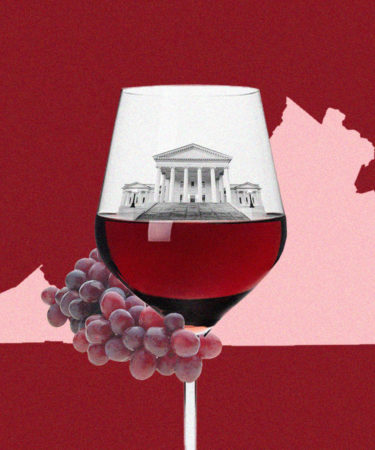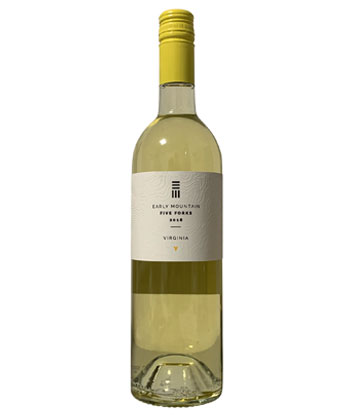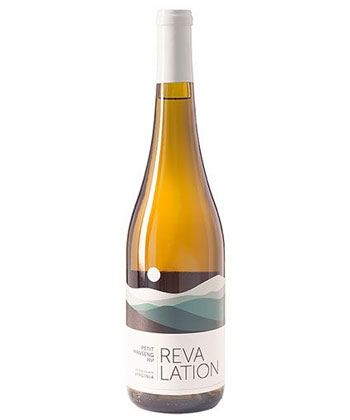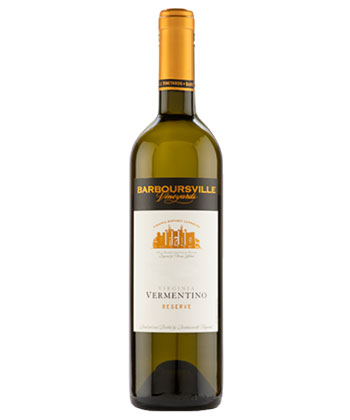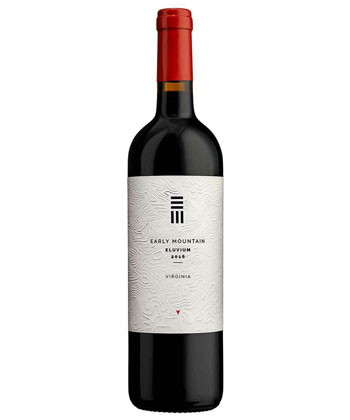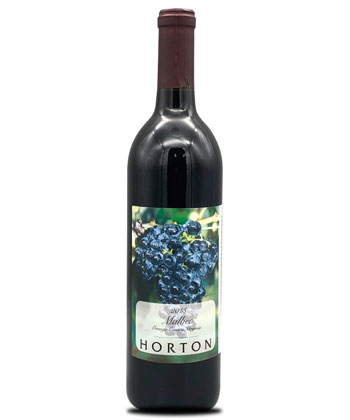The history of American wine is some fascinating stuff. It all started in 1607, when settlers of Jamestown, Va., planted indigenous grapes — initially an unsuccessful venture. Later, Thomas Jefferson, determined to make the United States a winemaking country, began efforts here just south of his Monticello estate. Alas, his dreams were never completely realized, as he also was ultimately unsuccessful.
Today, winemakers in general understand so much more about geology, climate, viticulture, and winemaking (viniculture). That knowledge has been applied to the Virginia wine industry since the ‘80s, and it has definitely paid off through pioneers like Jim Law of Linden Vineyards, focusing on making what he jokingly calls “city wines” and the full support of the state government with programs like the Governors Cup.
I love Virginia wine. There is so much to talk about, with so little time in this weekly column, but I have a feeling Thomas Jefferson would be very proud of what his home state has accomplished when it comes to winemaking. In fact, two wines I mentioned in last week’s piece on election night wines were made on land the founding father designated for vines long ago.
Let me sum up why I feel this is one of the most exciting wine regions in the country: Winemakers who are thriving here are listening to the land. They are not planting for profit, but for passion. They are choosing varieties that work in the soils and climates — not planting what is familiar unless it works.
Virginia vineyard land is “hardscrabble” country, where it’s easier to shoot your dinner than grow it — unless it’s an apple orchard, which, with it’s harsh, drainy sloping hills, is almost perfect for the grapevine, if you’re willing to work for it. The wines of Virginia are not like the big structured wines of the West. Here, acidity is the key. These wines, even when powerful, have an angle to them, as well as fruit and depth that emanate out from their cores. And lastly, the production can be low, which I take as a good thing, as it adds to the focus. You may find some Virginia wines on shelves, but for most of these picks, e-commerce is your best bet. Even better, visit!
Early Mountain Vineyards Five Forks White
This blend is Virginia. The varieties in this bottle are a list of what thrives here. And the skill at which it’s blended shows just how exciting this region is. Petit Manseng and Chardonnay bring the richness, while the Pinot Grigio and Sauvignon Blanc swoop in with bracing acidity to liven things up with river stone minerality — all in just the right proportions. It’s such a nice, balanced wine.
Revalation Vineyards Petit Manseng
Keep an eye on this blending grape from southwest France. It is about to be the star of the Commonwealth. If you like Chardonnay, you’ll enjoy Virginia Petit Manseng. And this is a great example. It’s juicy and smells like ripened apples. It has a nice weight with a slight grip, and the acidity is just right, giving a slight lift on the palate. If there were ever a white wine for a holiday meal, this is it. Turkey and cranberry sauce? Bring it.
Barboursville Vineyards Reserve Vermentino
I owned an Italian wine bar for a certain amount of years and sold a lot of wine made from Vermentino, an Italian variety grown mostly on the island of Sardinia. I never thought I would see it being made stateside. And when I did, I was skeptical. But man, was I wrong to be. This is a wonderful white wine from grapes grown on the grounds of James Barbour, the 18th governor of Virginia. It has the faint aromas of lemons, with a waft of creamy mint. The wine is vibrant with bracing acidity, yet still nice and structured with a slight depth.
Early Mountain Eluvium
When it comes to Bordeaux, I’m partial to the Right Bank, where the blends are softer and dominated by Merlot (learn more on the Bordeaux episode of the Wine 101 Podcast). Jefferson also enjoyed the lighter side of Bordeaux, and I think he would be quite satisfied swirling and sipping this bottle. It smells like blackberries and an autumn evening in the Shenandoah. It’s earthy with a soft core of fruit and great acidity, keeping the wine elegant. Virginia is venison country, and just thinking about this with a loin and some roasted York apples makes me feel a bit faint.
Horton Vineyards Malbec
This Malbec is great because it is very Old Dominion. It’s not the style you see in Argentina. It’s more in line with the wines you might find in the grape’s first home, Cahors in southwest France, where it’s called Côt. It’s grippy and smells like rich, tart blackberries. The acidity is great, and the fruit is soft. It’s a great wine for a big ol’ burger. It can also benefit from a slight chill in the fridge.
